Question asked by Dongho
What is a nyung ne practice? According to Lama Zopa Rinpoche, it's a purification sadhana. However, what are the instructions for this? I'm guessing it's to Chenrezig, but how does it work? Also, from what I have read, Vajrasattva practice is only for broken vows while Akshobhya is for regular misdeeds. Does that mean one has to take the Akshobhya practice to purify bad karma from this life and previous instead of Vajrasattva? As for the purification practices, are some like Vajrasattva and Chenrezig only to purify the bad karma and let it come quickly or is it to prevent it from coming? I am confused in it. As for signs, I recited a mantra of White Yangchenma that a Sakya lama, Lama Kunga Thartse Rinpoche, gave me with the Sakya visualizations I read on, and after one mala, I heard some lady call my Korean name even though no one in my neighborhood knows of my name and my family members weren't in the area. What does this mean?








































































































































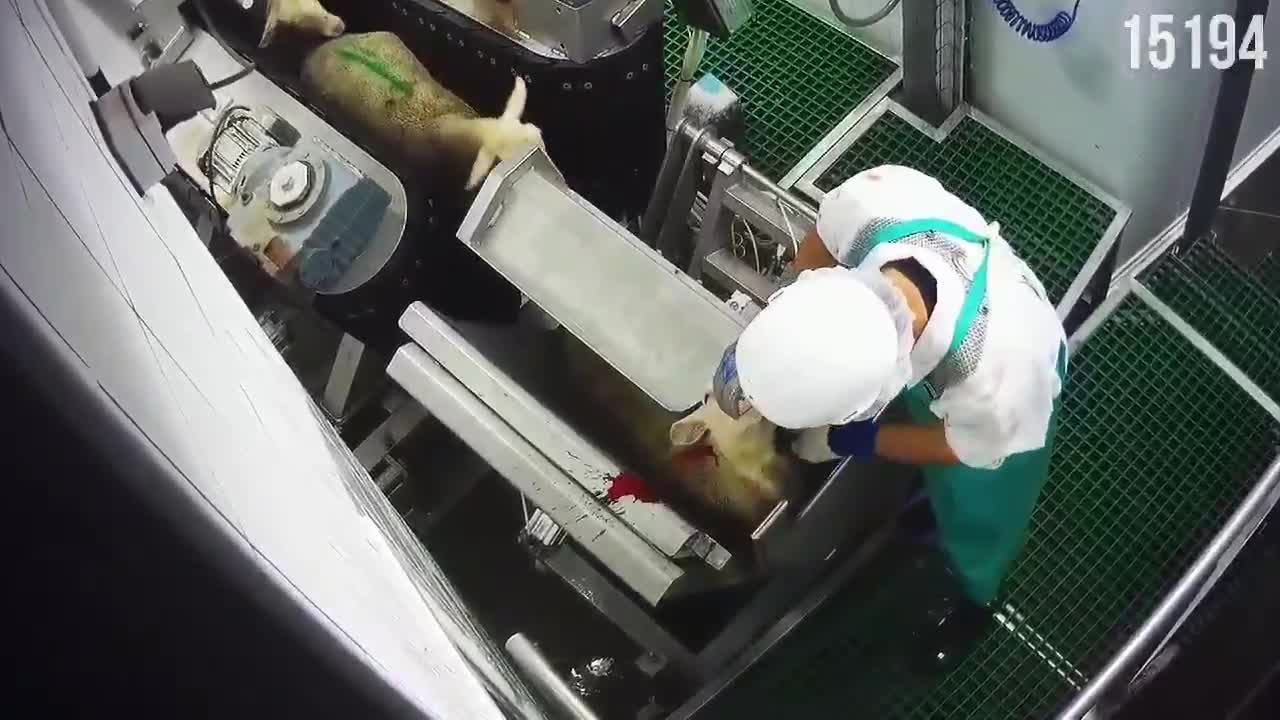


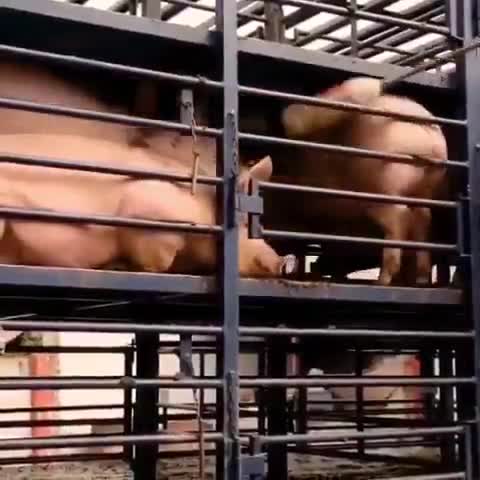



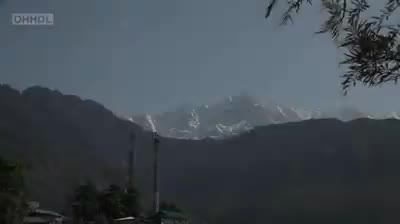
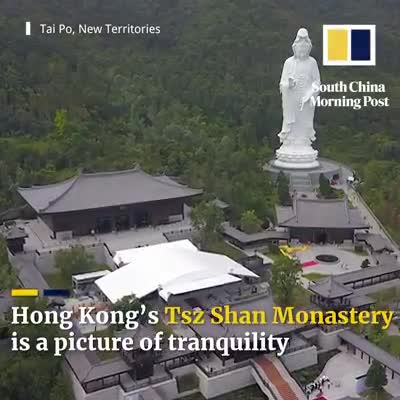

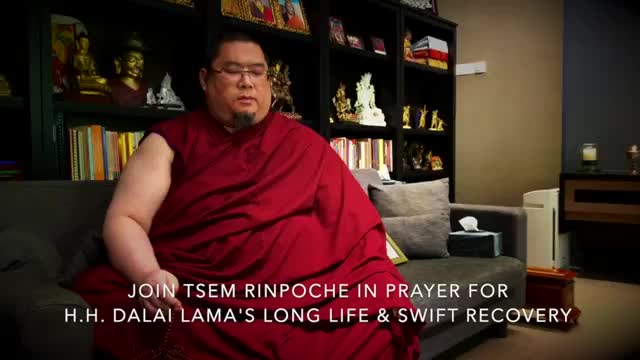

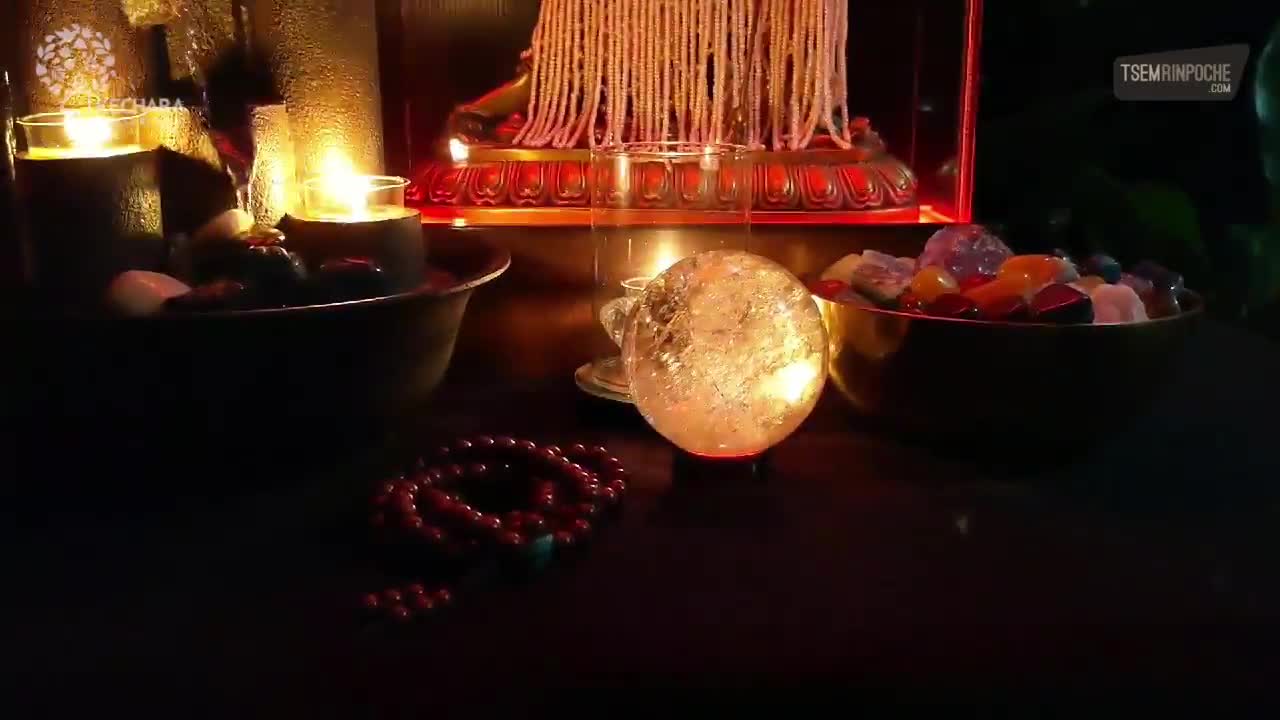

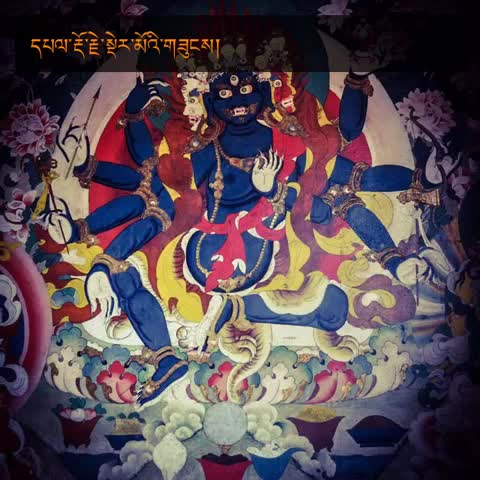
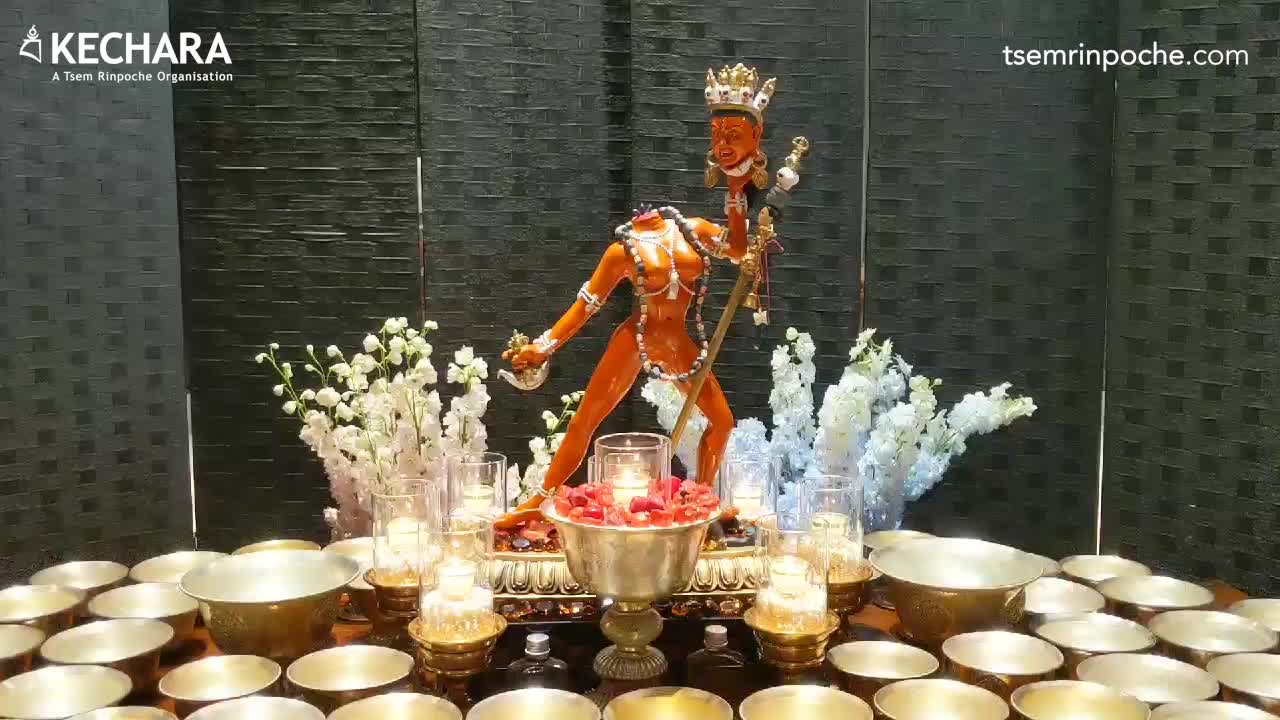













































































Dear Dongho,
Thank you for your questions, it’s nice to see you back here again. Nyung Ne practice is a purification practice that centres around Chenrezig. It is a very beneficial practice that stems from a holy nun named Gelong-ma Palmo. It is a two and a half day practice that can be repeated many times over and over again to intensify the purification and build a closer relationship with Chenrezig. As well as its purification aspect, the practice is known to generate vast amount of merit, and also compassion, as the practice centres around Chenrezig, the Buddha of compassion. The practice involves taking the eight Mahayana precepts for the duration, fasting, meditating, prostrating and praying. The practice usually entails empowerment into the practice of Chenrezig, therefore the exact meditations, prayers can only be explained to those who have the empowerment.
Vajrasattva practice is not necessarily only for repairing broken vows, etc. That’s why it is advised that you engage in the practice at the end of the day, to repair any vows that you may have broken during that day, as well as stopping any negative karma you created that day from multiplying. This would entail reciting the mantra 21 times, together with the four opponent powers. However, if you engage in this practice more intensely, it definitely has the capability to purify all sorts of karma. That is the reason why in Ngondro, or preliminary practices one engages in before tantra, the practice of 100,000 Vajrasattva mantra recitation is an integral part. You can read more about Vajrasattva and his practice here: https://www.tsemrinpoche.com/tsem-tulku-rinpoche/prayers-and-sadhanas/an-important-purification-practice.html.
Within purification practices, some of the karma will be purified completely, so you do not feel its effects at all, but when purifying other karma you will need to feel its effects somehow. For example if you have the karma to be in a car accident and get seriously injured, and you are engaging in any practice, but especially the purification practice, since you have purified most of the karma, you will only experience being in a very minor car accident, with only very superficial injuries. Therefore, in this case, the karma has been purified to the extent that it does not affect you as much, but you still need to feel part of its effect.
In regards to any signs that you receive which engaging in the practices given to you by one of your specific gurus, you should report the happenings to that particular guru. He will be able to give you more of an accurate answer, as it may be related to the particular practice that he gave to you. I hope this helps.
Thank you.